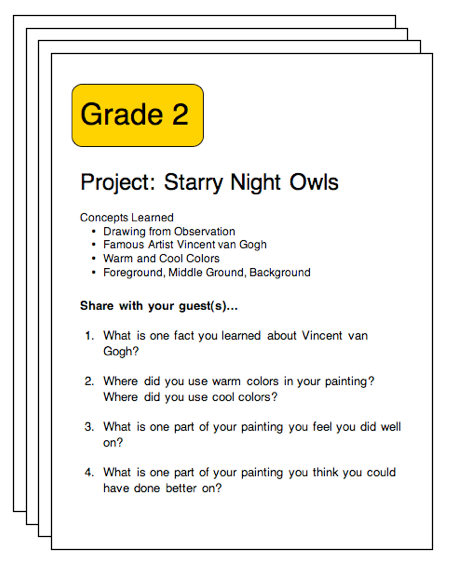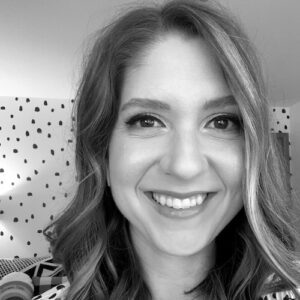Yesterday I wrote about connecting with parents at conferences. Today I want to share a strategy to continue this conversation by talking about Student- led conferences. Student-led conferences are becoming a growing trend in education. If you’ve never heard of student-led conferences (or SLCs) for short, the concept is simple. The whole idea is that the student, not the teacher, should be in charge of his or her own learning. Students set goals and then work to achieve them, having a realistic idea of how they are doing along the way. The hope is that at student-led conferences, students will have an accurate view of their school performance; they will be able to tell you their strengths, as well as the areas in which they need to improve. My school decided to pilot SLCs last spring, and I’d love to share how it went along with 3 ways to make SLCs work in the art room.
3 Ways to Make Student Led Conferences Work in the Art Room
Like any educator, the idea of student-led conferences sounded great to me. What educator wouldn’t want the students to be in charge of their own learning? However, when it came to implementation, many of my colleagues, including myself, were terrified of actually pulling it off. There were just too many unknowns. How could we discuss delicate matters in front of the kids? When would we find time to practice with the students? Could a kindergartner really take charge of his or her own learning?
The answers turned out to be simple, and I can confidently say that I loved SLCs in the art room. Here is what I learned.
1. Make sure that you discuss major behavior problems with parents before conferences.
My principal stated early in the year that conferences were not the appropriate time to spring major behavior concerns on unsuspecting parents. With conversations about behavior out of the way, the students have more time to share their beautiful artwork.
2. Set up your room in stations and clearly state what you would like students to share with their guests.
During conferences, I had a station set up for each grade level. Each station had that grade level’s portfolios and an instruction sheet for guidance. Each instruction sheet briefly described the project I wanted students to share along with two questions to guide discussion. The students and I had taken the last fifteen minutes of the previous weeks’ classes to practice the discussion questions. This way, students knew exactly what they needed to do when they visited the art room during SLCs. The questions were also age appropriate; the questions for the fourth graders were much more involved than those for kindergartners. If you would like to download my sample SLC Guide Sheet you can click here or on the image below.
3. Create an experience for families.
Student-led conferences are an ideal time to get whole families engaged with the arts. Try setting up a simple station where all family members can have an art experience. You could set up a station where people could try out three different drawing materials, or use bingo markers to have people work on a collaborative mural. The possibilities are endless.
Student-led conferences don’t have to be scary. A clearly labeled space and a bit of prep work will go a long way in helping things run smoothly. At my school, I felt so proud when I looked around and saw my students talking intelligently about their artwork. The students felt proud too as they shared what they had learned. Overall, it was a fantastic experience that I’m eager to try again.
Let us know, does your school run student-led conferences?
If so, how do you make it work? If not, how would you feel about trying a SLC format?
Magazine articles and podcasts are opinions of professional education contributors and do not necessarily represent the position of the Art of Education University (AOEU) or its academic offerings. Contributors use terms in the way they are most often talked about in the scope of their educational experiences.





